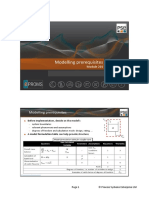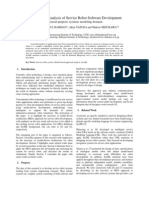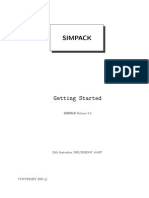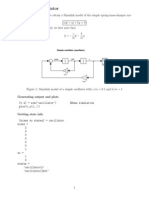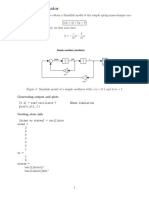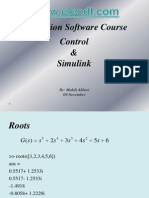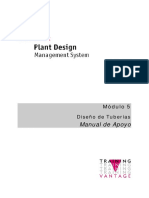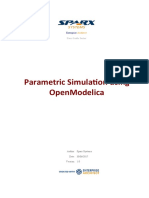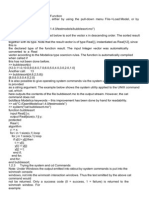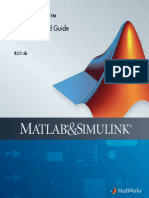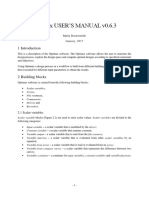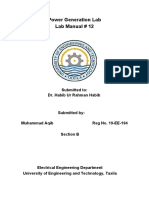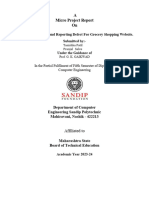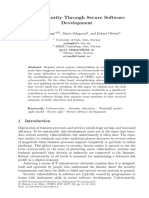0% found this document useful (0 votes)
12 views5 pagesHands-On - Making Models Robust
This document outlines a hands-on session for improving the steady-state simulation of a cooled tubular reactor in gPROMS by developing an initialisation procedure. The procedure involves solving a simplified problem without reactions, followed by solving the full problem with reactions using the previous solution as a starting point. Steps include creating a model, defining reaction branches, and implementing an initialisation procedure to enhance model robustness.
Uploaded by
Jesus RodriguezCopyright
© © All Rights Reserved
We take content rights seriously. If you suspect this is your content, claim it here.
Available Formats
Download as PDF, TXT or read online on Scribd
0% found this document useful (0 votes)
12 views5 pagesHands-On - Making Models Robust
This document outlines a hands-on session for improving the steady-state simulation of a cooled tubular reactor in gPROMS by developing an initialisation procedure. The procedure involves solving a simplified problem without reactions, followed by solving the full problem with reactions using the previous solution as a starting point. Steps include creating a model, defining reaction branches, and implementing an initialisation procedure to enhance model robustness.
Uploaded by
Jesus RodriguezCopyright
© © All Rights Reserved
We take content rights seriously. If you suspect this is your content, claim it here.
Available Formats
Download as PDF, TXT or read online on Scribd
/ 5




